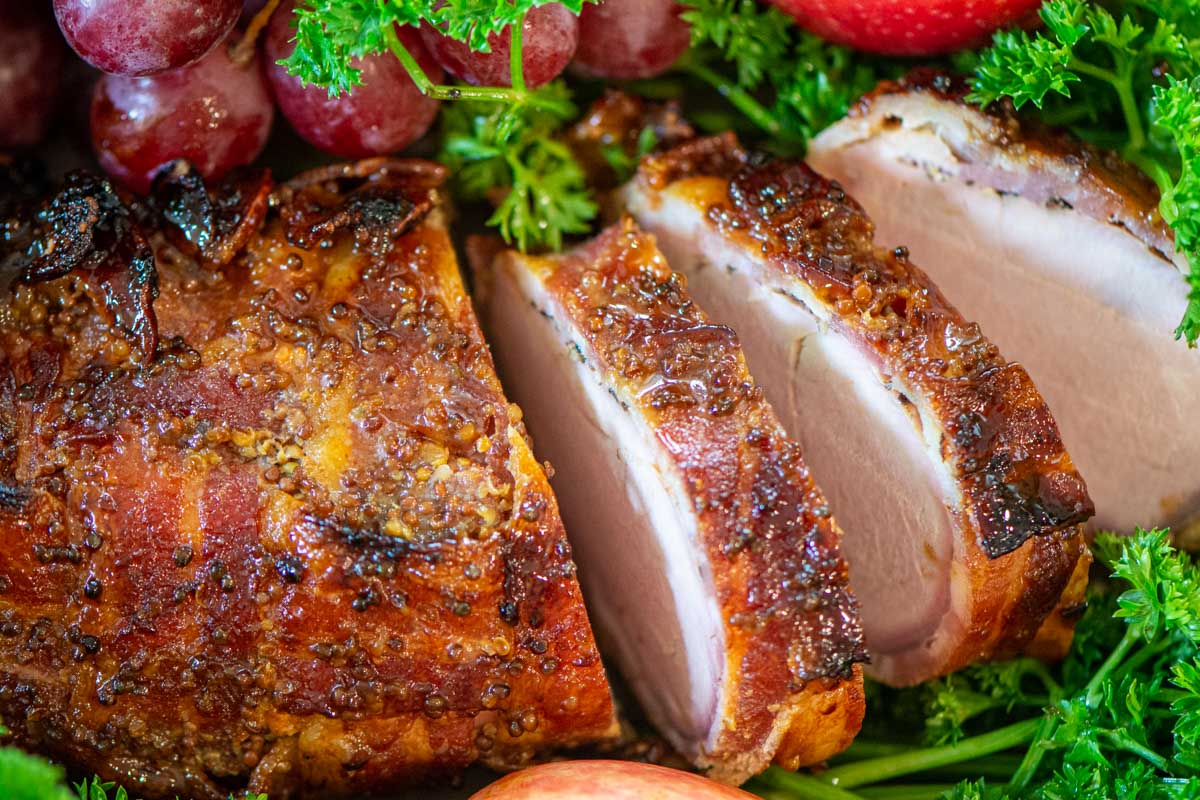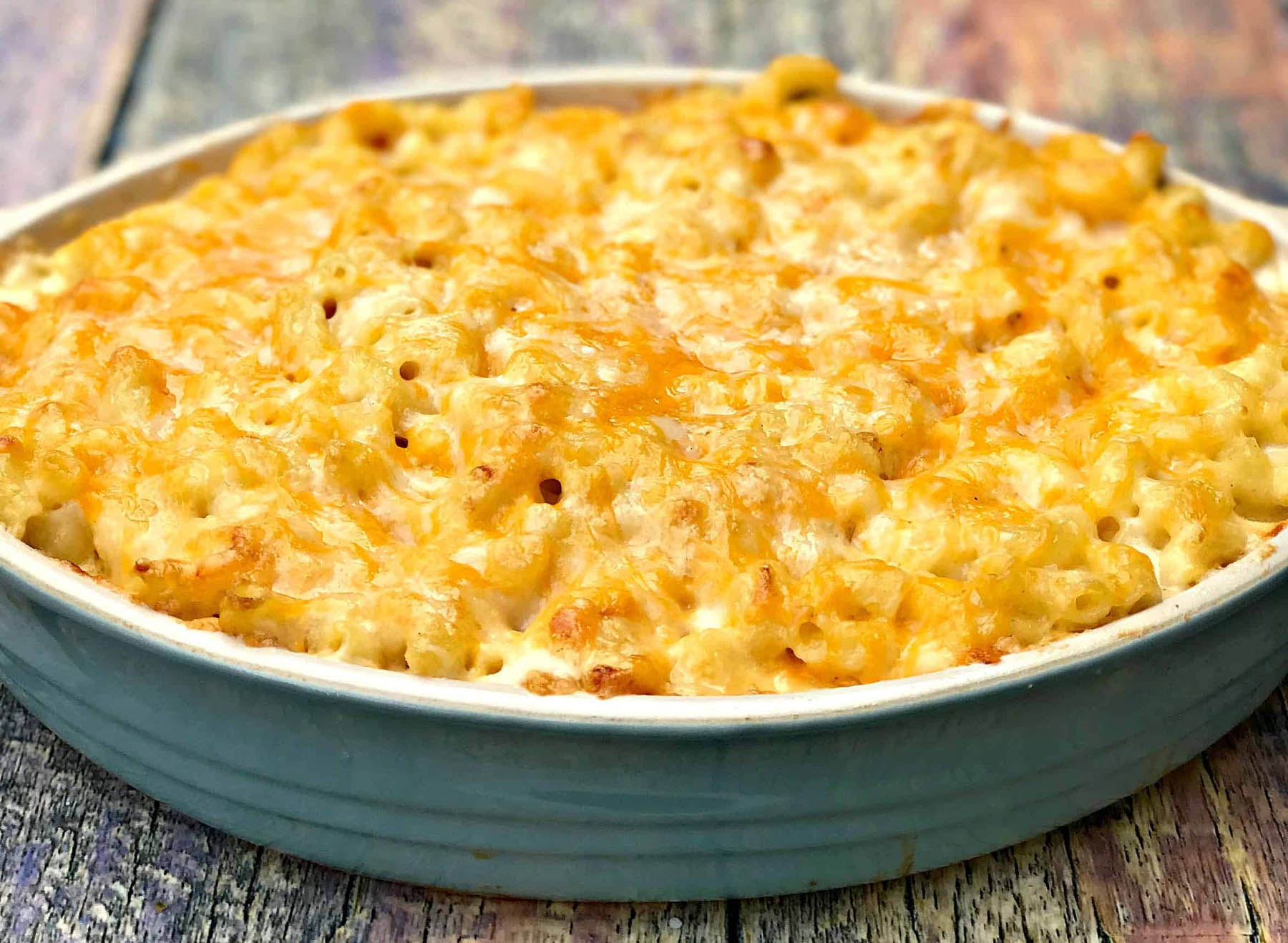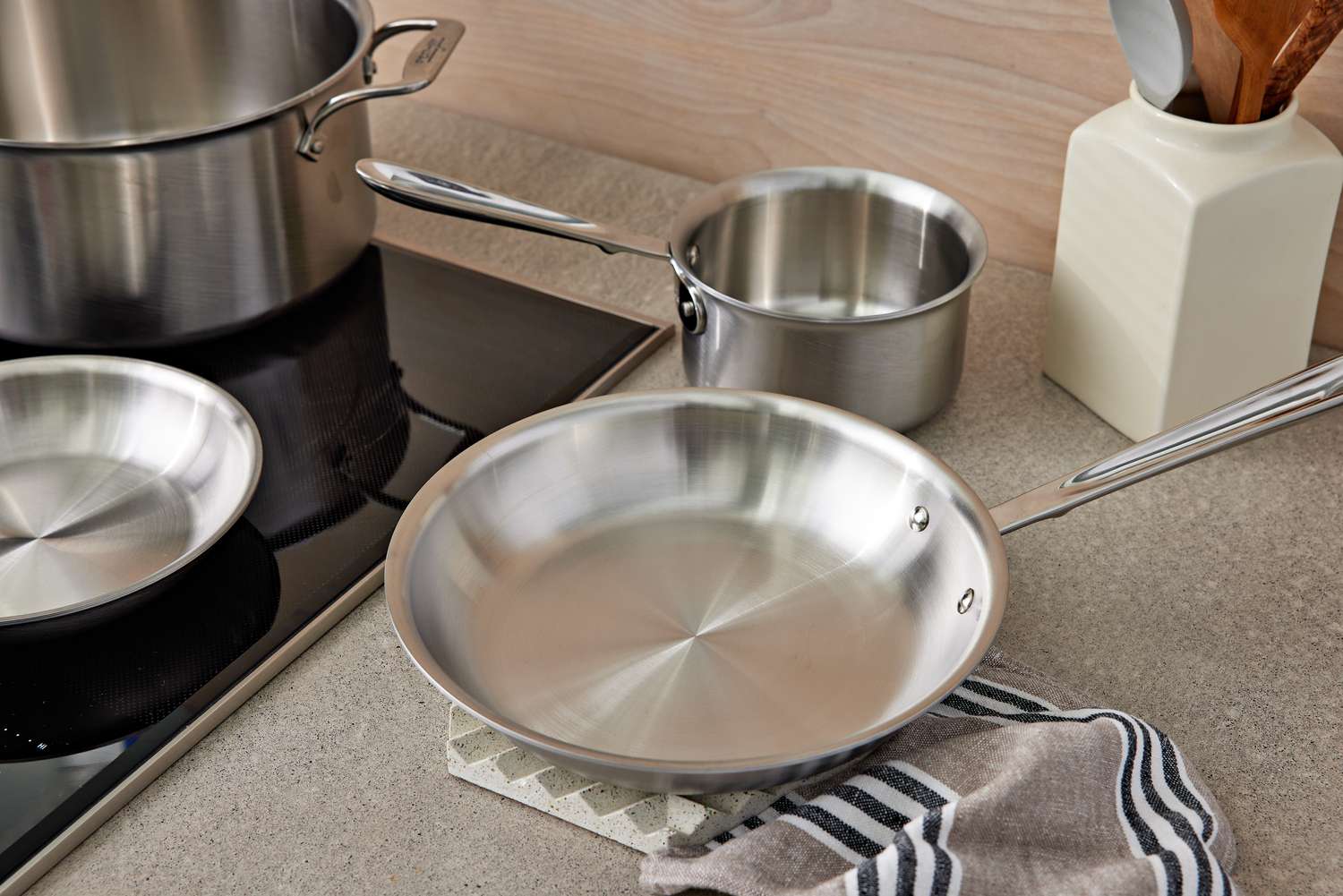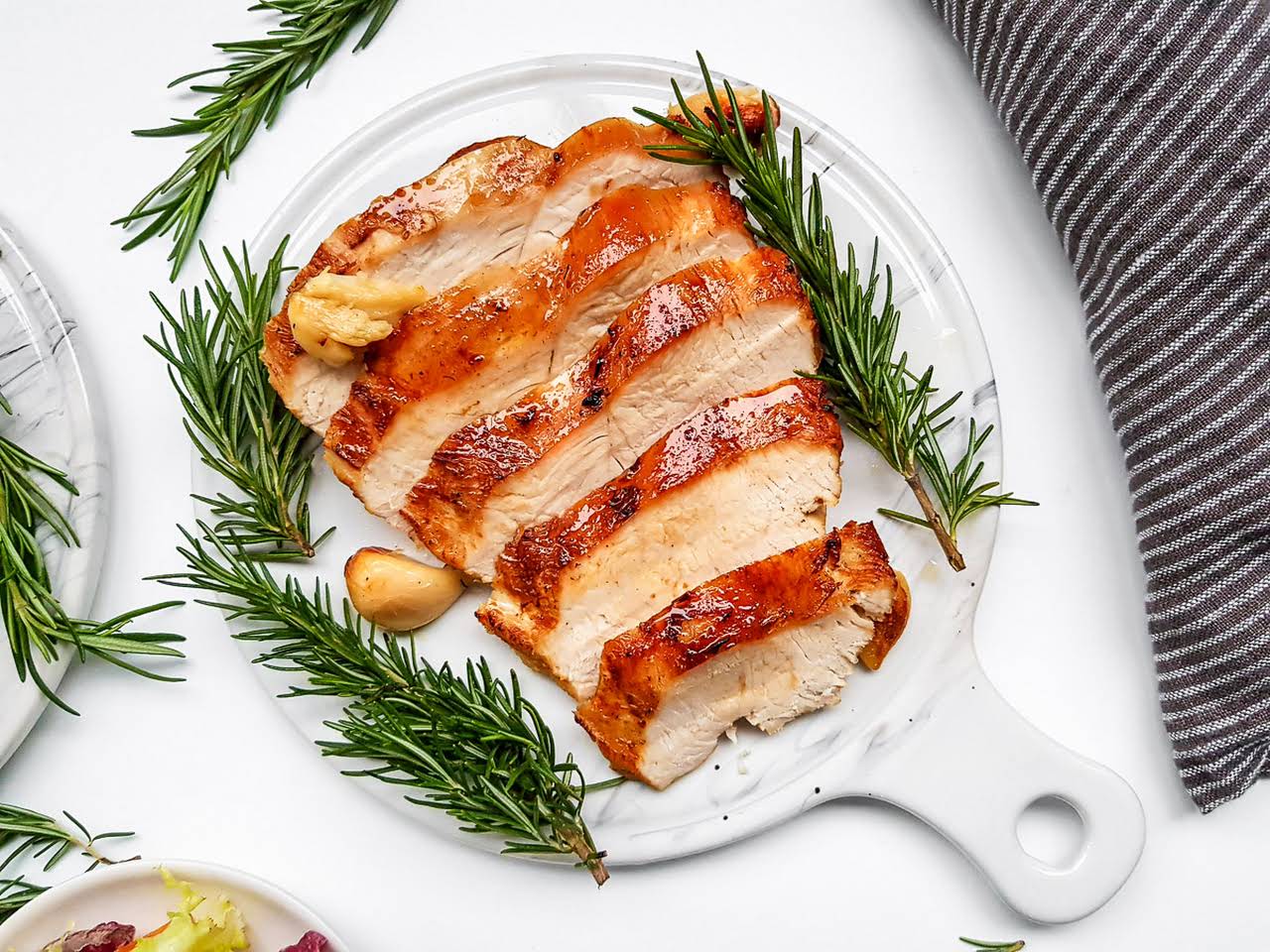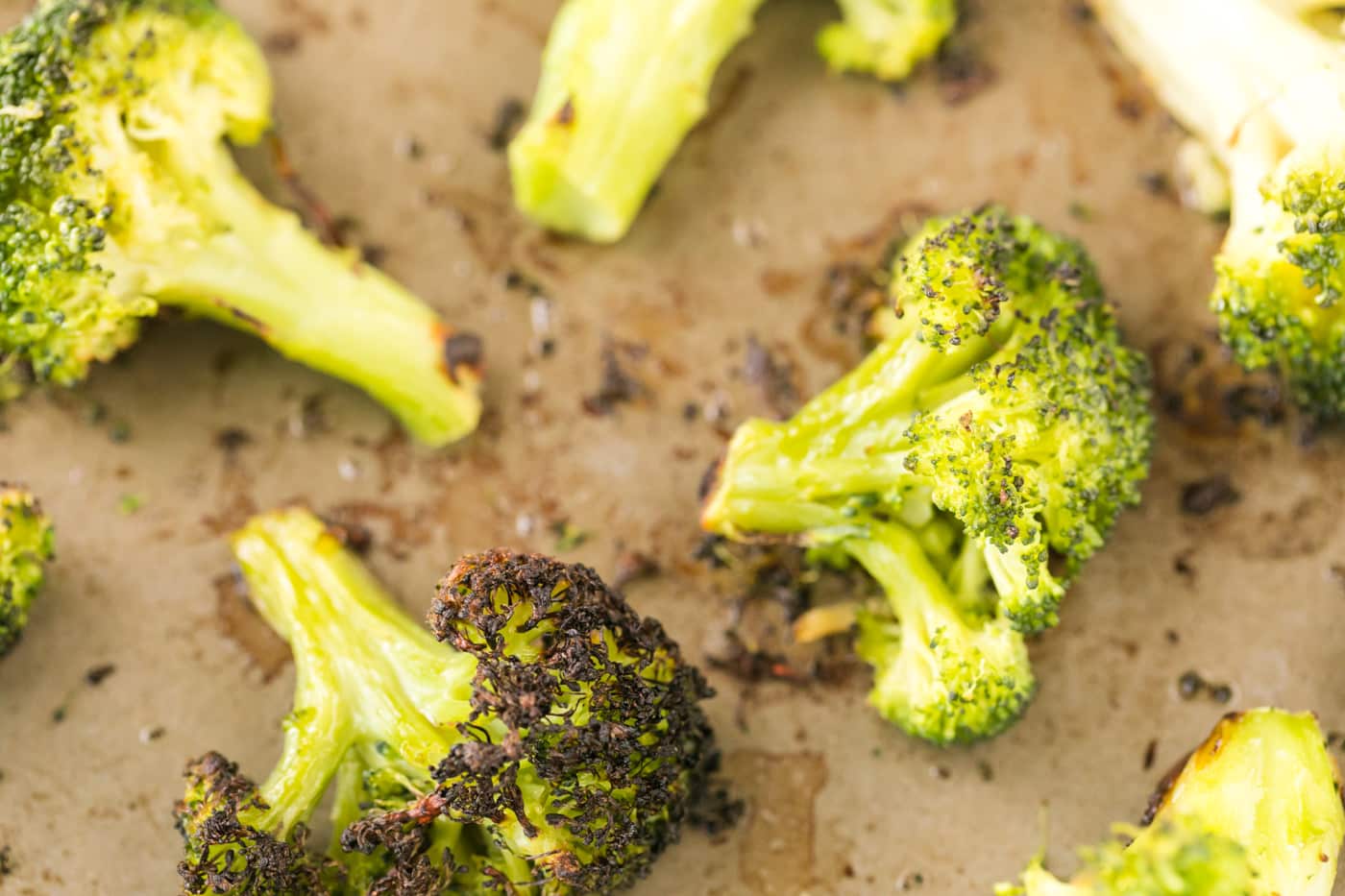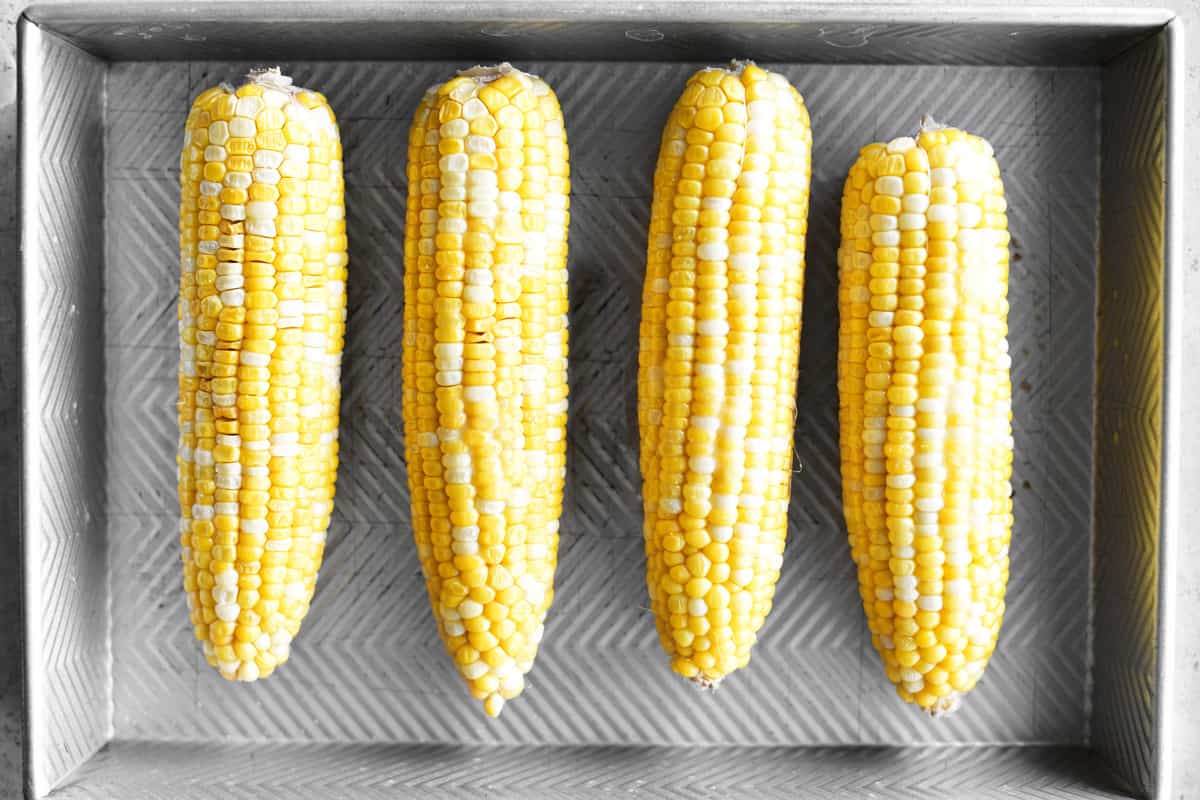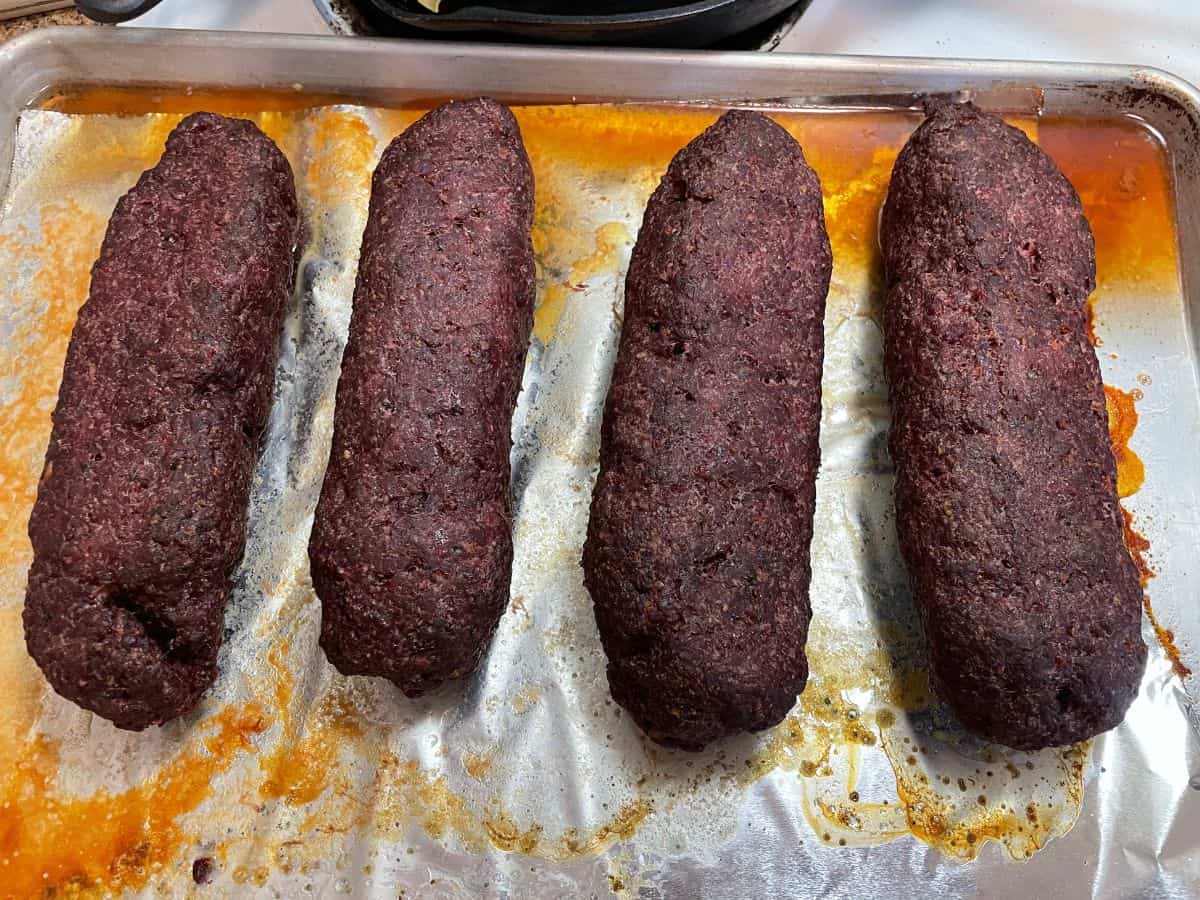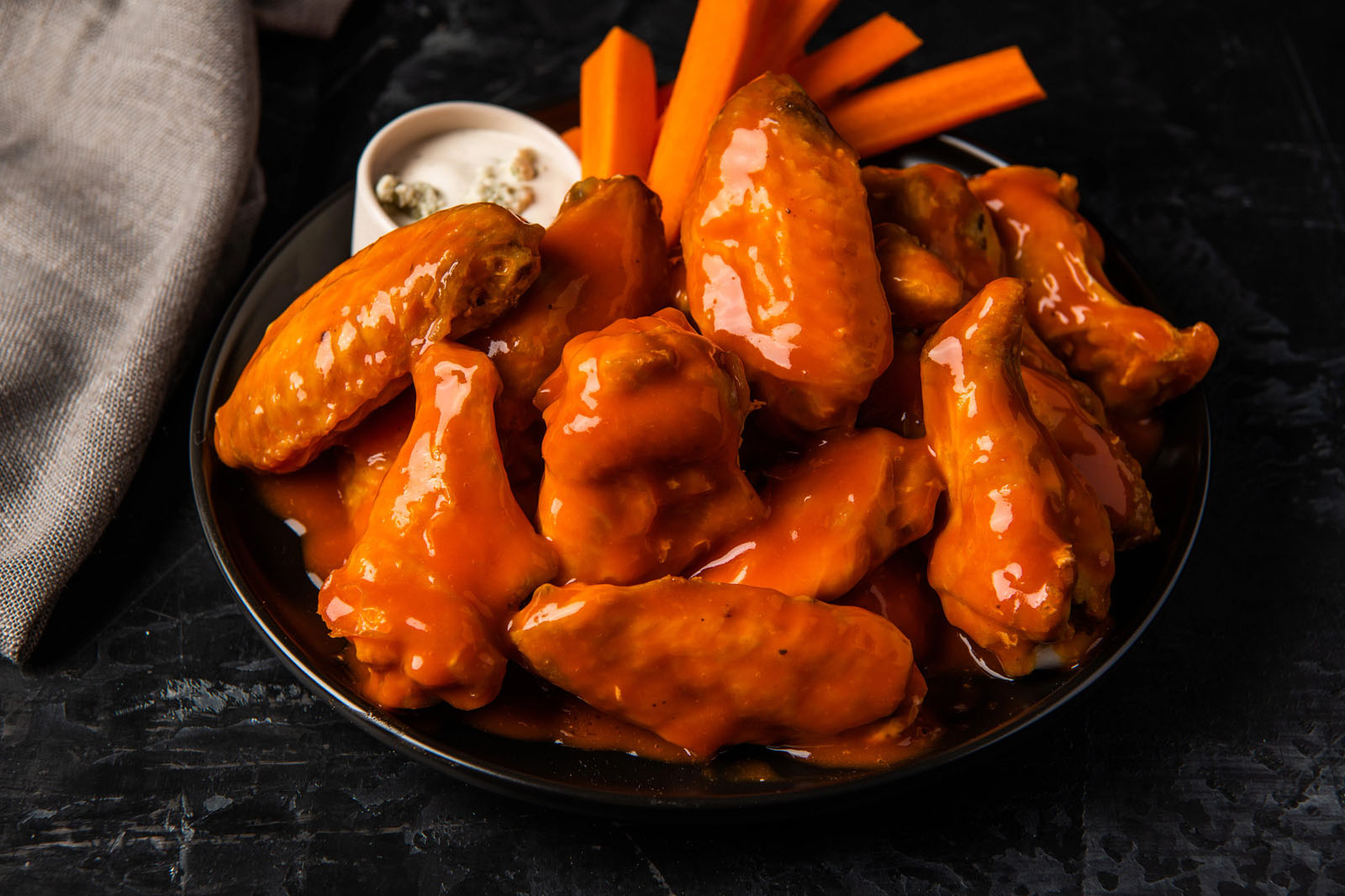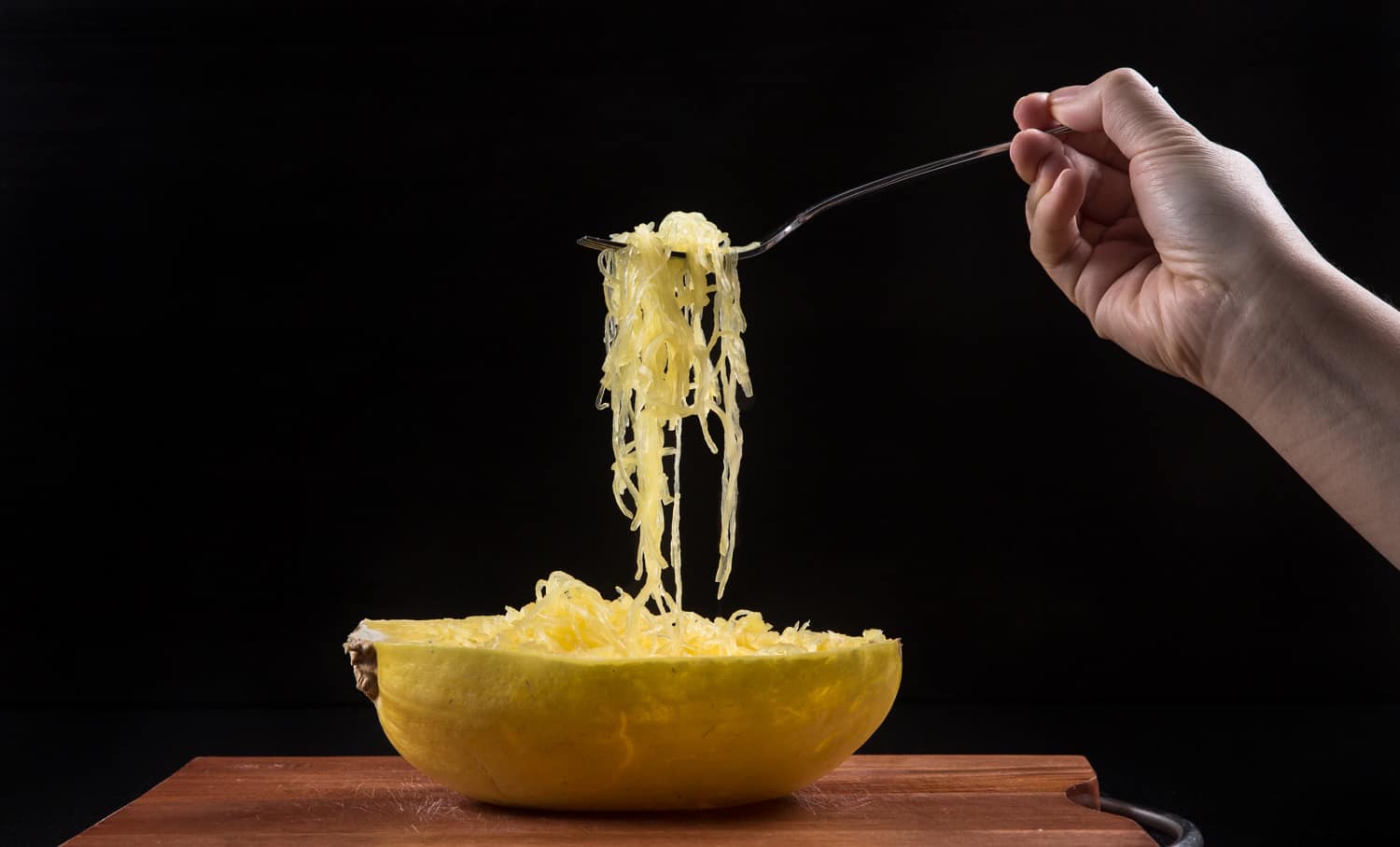Introducing Butternut Squash: A Nutritious Choice for Baby’s First Food
As your little one grows and starts to explore the world of solid foods, it’s important to introduce a variety of nutritious options into their diet. One great choice is butternut squash, a delicious and versatile vegetable that is packed with essential nutrients. Not only does it provide a delightful flavor, but it also offers a plethora of health benefits for your baby’s development. In this article, we will guide you through the simple steps of cooking butternut squash for your baby’s food.
1. Selecting the Perfect Butternut Squash
When choosing a butternut squash for your baby’s meal, look for one that is firm, with a smooth skin, and a rich orange color. These characteristics indicate that the squash is ripe and packed with nutrients. Make sure there are no soft spots or mold on the outer surface.
2. Preparing the Squash
Start by washing the butternut squash thoroughly under running water to remove any dirt or debris. After cleaning the squash, carefully cut off the stem and slice it in half lengthwise using a sharp knife. Scoop out the seeds and fibrous pulp from the center using a spoon.
3. Cooking Methods
There are several cooking methods you can choose from to prepare butternut squash for your baby:
- Steaming: Place the squash halves in a steamer basket over boiling water. Cover and cook for about 15-20 minutes or until the flesh becomes tender. Steaming helps retain the maximum nutritional value of the squash.
- Baking: Preheat your oven to 375°F (190°C). Place the squash halves on a baking sheet lined with parchment paper, cut side down. Bake for approximately 40-45 minutes, or until the flesh is soft and easily pierced with a fork.
- Boiling: Fill a pot with water and bring it to a boil. Carefully add the squash halves and cook for about 15-20 minutes, or until the flesh is tender. Drain the squash and let it cool before pureeing.
4. Pureeing the Squash
Once the cooked squash has cooled down, scoop out the flesh and transfer it to a blender or food processor. Puree the squash until smooth and creamy. For a thinner consistency, you can add a little breast milk, formula, or water.
5. Storing and Serving
If you have prepared a large batch of butternut squash puree, you can store it in airtight containers in the refrigerator for up to three days. For longer storage, you can freeze the puree in ice cube trays and transfer the frozen cubes to a freezer-safe bag. This way, you can easily defrost and serve small portions as needed.
When serving the butternut squash puree to your baby, make sure it is at a safe temperature. You can warm it up slightly by placing the desired amount in a microwave-safe dish and heating it in short intervals while stirring occasionally.
Conclusion
Introducing butternut squash to your baby’s diet is a wise choice due to its numerous health benefits and delicious taste. By following these simple steps, you can easily cook and prepare butternut squash into a smooth and nutritious puree. Always remember to consult with your pediatrician before introducing any new food to your baby, especially if they have any specific dietary restrictions or allergies. Enjoy watching your little one savor this wholesome and tasty addition to their culinary journey!
Was this page helpful?
Read Next: How To Cook Butternut Squash On The Stove
